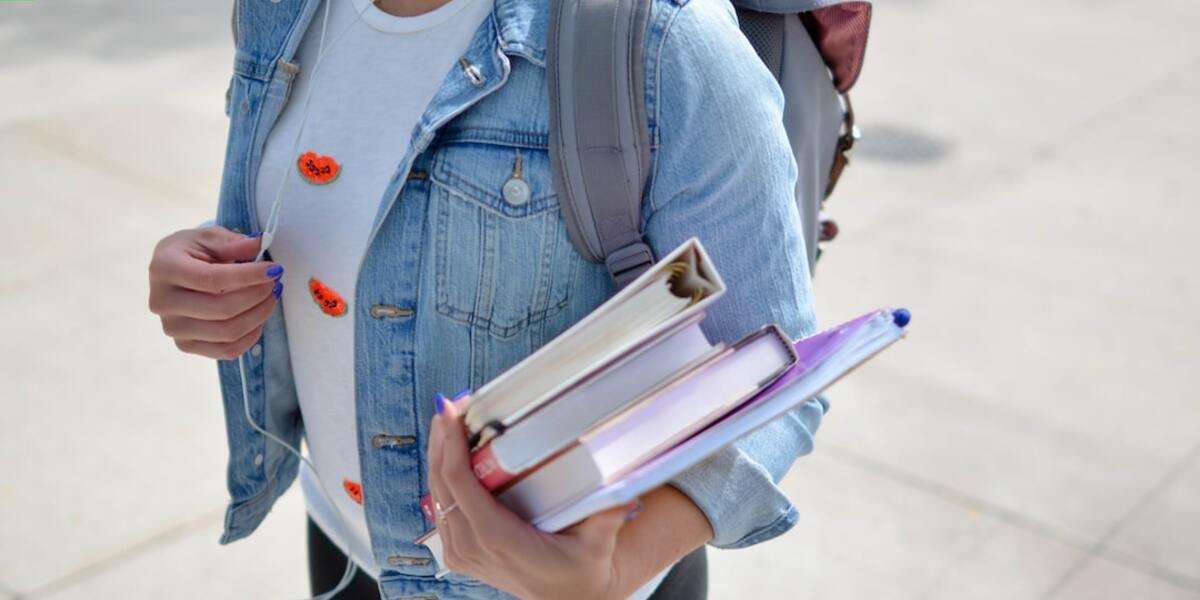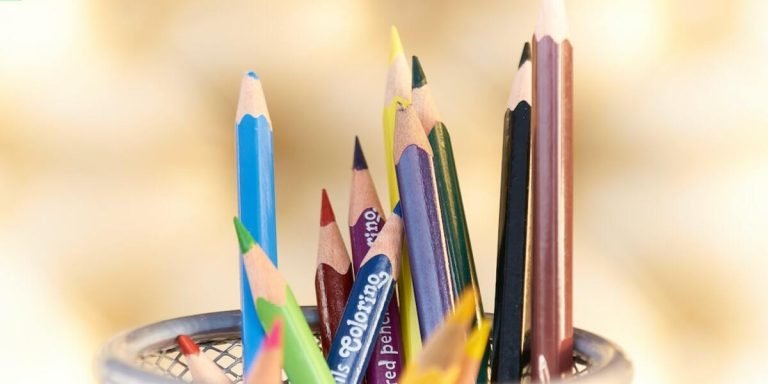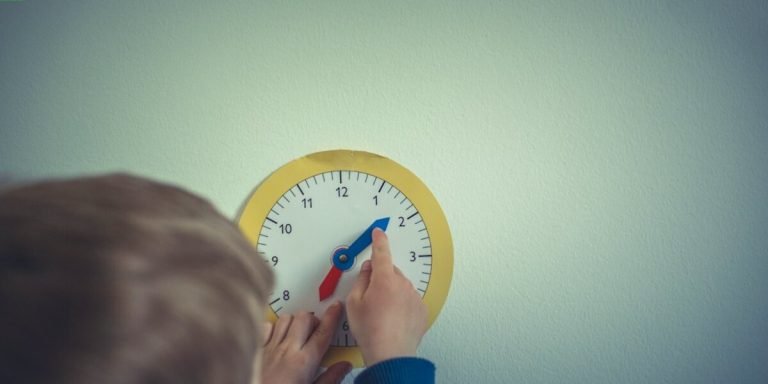Gym Teachers: Shaping the Physical and Emotional Health of our Youngsters
A solid education isn’t just about mastering reading, writing and arithmetic. An often overlooked yet critical area in elementary school is physical education, spearheaded by dedicated gym teachers. These educators impart valuable knowledge beyond the sports they teach – shaping not only our children’s physical health but also contributing to their emotional well-being.
The role of gym teachers extends far beyond refereeing dodgeball games or grading push-up tests. They build a foundation for youngsters’ attitude towards fitness, body image and interpersonal skills that last a lifetime manifesting positive impacts on their overall growth. Trained from an early age to respect health and exercise can set them up for lifelong wellness habits – thanks largely to these unsung heroes of the educational system.
Did you know?
A surprising fact is that according to the Journal of Teaching in Physical Education, gym teachers not only impact a child’s physical health by promoting exercise and healthy habits but also contribute significantly to their emotional wellbeing through fostering self-esteem and positive social interactions.
The Role of Gym Teachers in Promoting Physical Health at Elementary Schools
In the ever-changing landscape of elementary education, gym teachers play an integral role in promoting physical health among youngsters. As educators lay increasing emphasis on holistic growth for children, the part that gym teachers perform is no longer confined to overseeing sporadic activity sessions and sports alone. They are now entrusted with the responsibility of instilling a healthy lifestyle – creating habits that last well beyond their students’ years at school.
Gym teachers serve as ambassadors of fitness within these institutions, leading by example in cultivating an atmosphere where regular exercise is normalized and encouraged. Their daily interactions contribute greatly towards setting up a foundational understanding about physical health from early childhood days itself — something which proves extremely beneficial down the line.
Moreover, it’s not just about teaching kids how to jump rope or kick a soccer ball anymore; modern-day gym teachings have evolved significantly over recent years. Now they incorporate instructions regarding nutrition awareness alongside traditional sport skills training— making them critical partners in fighting against issues like child obesity and sedentary behavior patterns prevalent today.
Their multi-faceted approach helps young learners understand that mental performance can be closely linked with their overall wellness quotient much faster than we realize.
In conclusion, our perspective toward ‘gym class’ must also undergo transformation along with its actual nature being redefined inside schools everywhere across 2023!
We need to support Gym Teachers wholeheartedly because they are guiding next-gen leaders who will truly comprehend what it means maintaining balanced lifestyles holistically — ensuring brighter futures both individually but collectively too!
Understanding the Impact of Daily Exercise on Young Students
Daily exercise is integral to the well-being and development of young students, and gym teachers play an essential role in its incorporation within daily school routines. Early exposure to physical education not only fosters a healthy lifestyle but also enhances cognitive abilities aiding academic performance.
Gym teachers are often seen as mere facilitators for fun-filled breaks between taxing academics; however, their contributions go beyond just managing recreational activities. They design comprehensive lesson plans that blend enjoyable games with skill-building exercises ensuring both fitness and enjoyment meet hand-in-hand on playgrounds at elementary schools.
Physical health promotes overall growth in youngsters by enhancing learning opportunities through increased concentration gained from regular physical activity. Children heavily benefit from this active engagement as it aids muscle development, heart health improvement while instilling lifelong values like discipline and team spirit which are enormous contributors towards personality grooming.
Strategies for Creating Engaging PE Curriculums
“Gym teachers” play a critical role in promoting physical health among elementary school children. They take the reins in transforming the learning environment by integrating fun-filled activities that are educational and physically invigorating.
Their key responsibilities include creating an engaging Physical Education (PE) curriculum that captivates young learners and boosts their overall fitness levels. To make PE classes more dynamic and enjoyable, they can use the following strategies:
1. **Incorporate Variety**: Gym teachers should aim to diversify exercises included in PE lesson plans as much as possible; This will prevent students from feeling bored or overwhelmed with repetitiveness.
2. **Blend Learning And Play**: An effective way to engage kids is through gamification of workouts–making them seem less like strenuous tasks but rather exciting games where everyone wins.
3. **Tailor Activities To Students’ Abilities**: Children differ greatly in abilities at this age; therefore, modifying activities based on a student’s skill level promotes inclusivity and ensures none feels left out due to advanced or lagging skills.
4. **Set Achievable Goals:** Setting realistic targets for students makes gym sessions more purpose-driven and fulfilling when achieved improving motivation levels over time.
5.Conversely,**Promote Teamwork Through Group Activities:** By organizing team sports or group exercises, educators instill essential life skills such as communication, collaboration and teamwork among pupils.
Incorporating Life Skills into PE: Beyond Physical Education
Physical Education, more commonly known as PE, has conventionally been associated with fostering physical fitness among students. However, the role of gym teachers in 2023 goes far beyond just teaching sports and exercise routines. They are now instrumental in incorporating life skills into their curriculum – marking a significant shift from traditional elementary school education.
Gym teachers have an immense opportunity to promote interpersonal communication and teamwork through group activities and sports inside the classroom setting. These activities nurture problem-solving abilities, foster collaboration mindsets amongst children while also strengthening their emotional intelligence by dealing with success or loss in games.
Moreover, lessons on health consciousness can be effortlessly assimilated within these classes too – enlightening them about balanced diets along with regular workouts – thus encouraging students towards healthy lifestyle choices early on.
In essence, Physical Education is no longer merely about scoring goals or running laps; it’s morphed into a comprehensive program that balances mental well-being along side physical prowess under guidance of progressive gym-teachers — truly preparing our youngsters for all arenas of life.
Teaching Teamwork and Cooperation Through Sports
Elementary gym teachers in 2023 are redefining the concept of Physical Education (PE), by shifting their focus from traditional sports drills to facilitating life skills through athletics. As part of this paradigm shift, teaching teamwork and cooperation have emerged as key objectives within PE curriculum.
Teamwork lays a solid foundation for healthy social interactions amongst children while promoting a sense of belonging. There’s much beyond just team spirit when we talk about athletics; it introduces young minds to active listening, mutual respect, negotiation abilities and more importantly shared decision-making – all valuable traits fostering cooperative living.
In a typical class scenario, primary school educators initiate cooperative learning using simpler games like ‘Pass the Ball’ or ‘Relay Race’. These activities not only ensure maximum participation but also drive home an understanding that each member carries equal importance on the field and indeed off-field too! Encouraging students to develop strategies collectively before attempting these games is another effective way teachers foster co-operation between classmates.
Finally yet importantly is building resilience in children through persistence training – gym teachers often emphasize practice sessions coupled with positive reinforcement led discussions highlighting benefits of perseverance till one masters activity specifics rather than immediate wins via individual prowess!
Encouraging Healthy Lifestyle Choices from an Early Age
Nurturing healthy lifestyle choices among elementary school kids is a significant role gym teachers don’t take lightly. The earlier we introduce these wholesome habits, the better ingrained they become in children’s daily routines.
Gym classes should no longer be simply about running laps or playing games; it’s time to incorporate valuable life lessons into physical education curricula as well. With strategic planning and execution, gym teachers can use this platform to teach students more than just fitness – they can represent pillars of sustainable health that transcends mere physical exercises.
One effective way of achieving this goal is by encouraging balanced nutrition through fun and exciting activities like gardening which allows them to learn where their food comes from while exploring ways on how fruits and veggies help keep our bodies active. Another important aspect that could be fostered during PE sessions includes sufficient hydration knowledge – its importance for energy levels, focus and overall wellbeing.
Navigating Challenges Faced by Elementary School Gym Teachers
Elementary school gym teachers face a unique set of challenges that are often overlooked in the discourse on education. Amidst trying to inspire an enduring love for physical activity in young minds, they grapple with hurdles such as limited facilities and varying student abilities. In recent years, these educators have been tasked with not just teaching basic sports skills but also promoting overall wellness and combating child obesity rates.
In 2023, the role of elementary school gym teachers has evolved significantly owing to technological advancements and societal stride towards health-conscious living. They judiciously use modern tools like fitness trackers or pedometers during classes to monitor students’ performances but simultaneously cope with screen-addiction among children which impedes their motivation towards physical activities.
As experts juggle these responsibilities, collaboration becomes indispensable; both within fellow professionals for sharing effective strategies, innovative exercise games etc., and outside stakeholders – parents- getting them onboard about importance of regular physical exercises at home too besides being attentive about discomforts kids might feel but can’t express properly due illness or stress induced issues related to mental health.
Adapting to Diverse Learning Abilities in the Gymnasium
Gym teachers in elementary schools play a vital role in improving the physical and mental health of students. However, one challenge they often face is adapting to diverse learning abilities within the gymnasium. Recognizing this diversity and incorporating teaching methods that cater to all students can be instrumental.
Every child comes with unique strengths, weaknesses, interests, and capacities for learning. It’s even more apparent when you’re on a playground or inside a gymnasium where these differences become visible physically. The task here is not just to manage these variations but also optimize them towards all-inclusive growth.
One tactic that has proven helpful is differentiating instruction based on student ability levels. This doesn’t mean segregating those who struggle from those who excel—it means creating an environment where every learner feels valued irrespective of their pace or level of skillfulness at various sports activities.
To achieve differentiation effectively, it could involve breaking down tasks into smaller steps for kids who find certain movements challenging while simultaneously providing opportunities for advanced learners to continue refining their skills without feeling held back by slower-paced instructions.
Ensuring Safety and Inclusivity in Physical Education Classes
Elementary school gym teachers have to navigate a myriad of challenges every day, paramount among these is ensuring safety and inclusivity during their physical education sessions. To overcome this hurdle, they need to implement strategic steps with an approach that fosters active participation from all students.
Firstly, maintaining the safety of each student in class should be considered top priority by gym teachers. This can involve routine inspection of classroom equipment for any possible harmful conditions as well as providing children protective gear where necessary – helmets for cycling or padding for contact sports are examples worth noting. Teachers also need regular training on first aid procedures and emergency protocols since accidents might occur despite preventive measures taken.
Secondly, fostering an environment ripe with mutual respect between everyone involved encourages inclusion in physical education classes—regardless if it’s teacher-to-student or peer-to-peer interactions at play here. Incorporating team-building exercises in lesson plans such as relay races could help achieve growth mindset while additionally teaching important values like teamwork and fair-play which encourage collegial relationships among peers.
Thirdly, designing fitness activities suitable for varying ability levels is imperative so no child feels left out due their individual differences; adapting rules or modifying games when needed shows consideration towards diverse capacities present within classrooms–creating thus a more inclusive setting where everyone feels valued regardless their skill level.
Conclusion
In the final analysis, gym teachers do much more than guide children through sit-ups and shuttle runs. They play a vital part in molding our next generation’s physical health while also having an enormous hand in shaping their emotional development. The influence of these dynamic individuals extends far beyond the confines of a PE class; it stretches into life lessons about responsibility, resilience, teamwork – with ripple effects that can last lifetimes.
So as we wrap up our discussion on gym teachers’ roles, let us pay them homage for their outsized impact on our youngsters’ lives. Should you wish to delve deeper into understanding how such key influences shape childhood education or if you’re seeking support as parents or educators yourself – we invite you to navigate around this treasure trove of information designed just for you! Remember: Every child deserves outstanding guidance towards her best possible self – keep exploring here because your journey is ours too.







